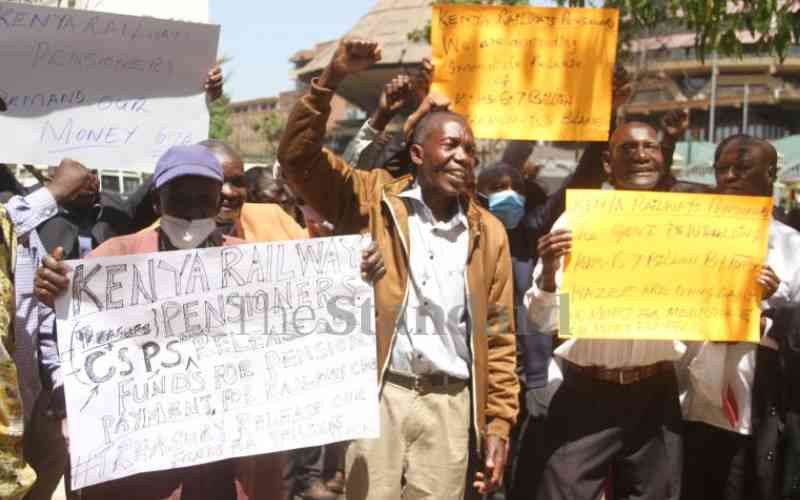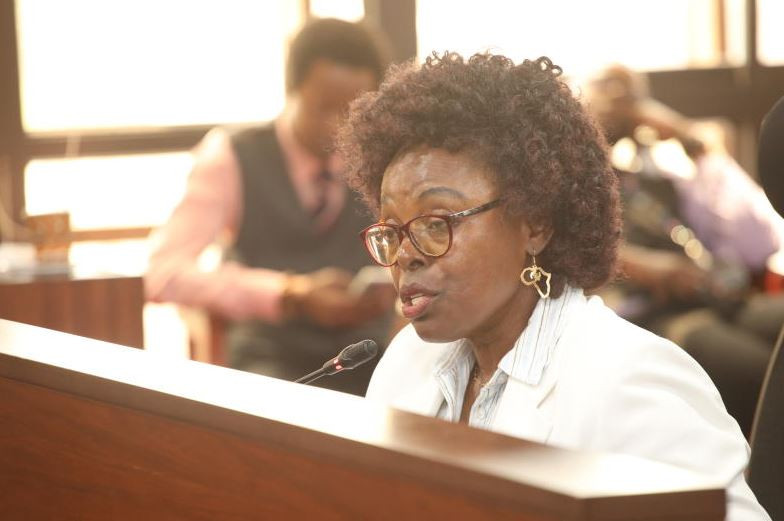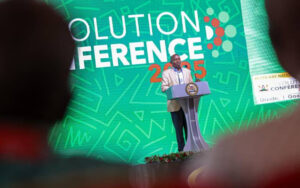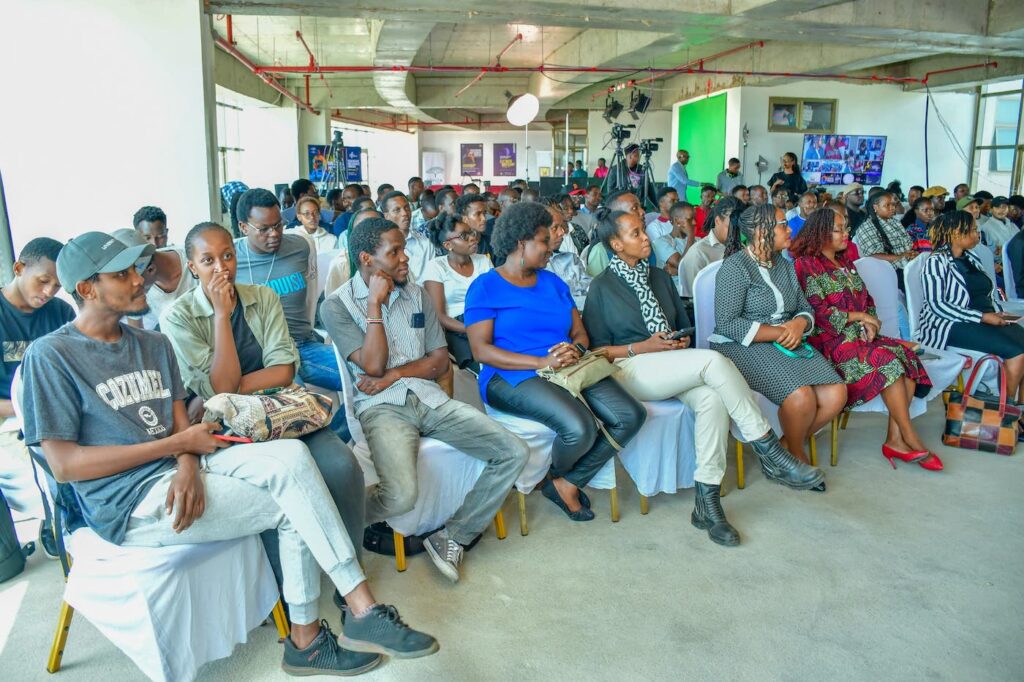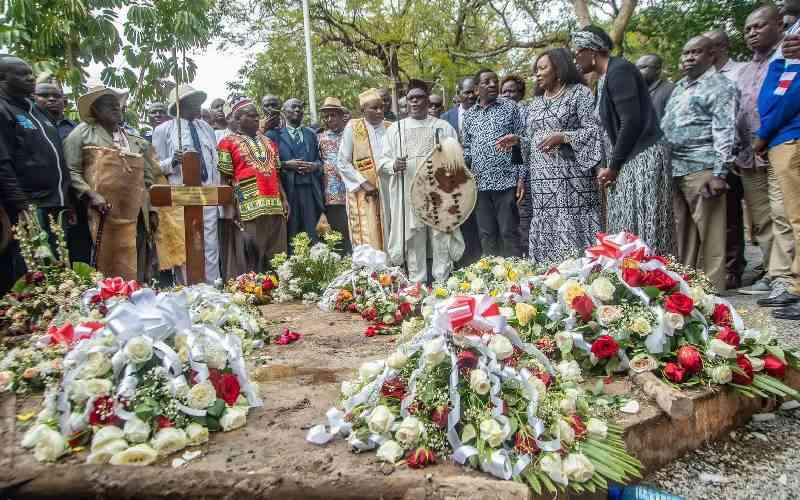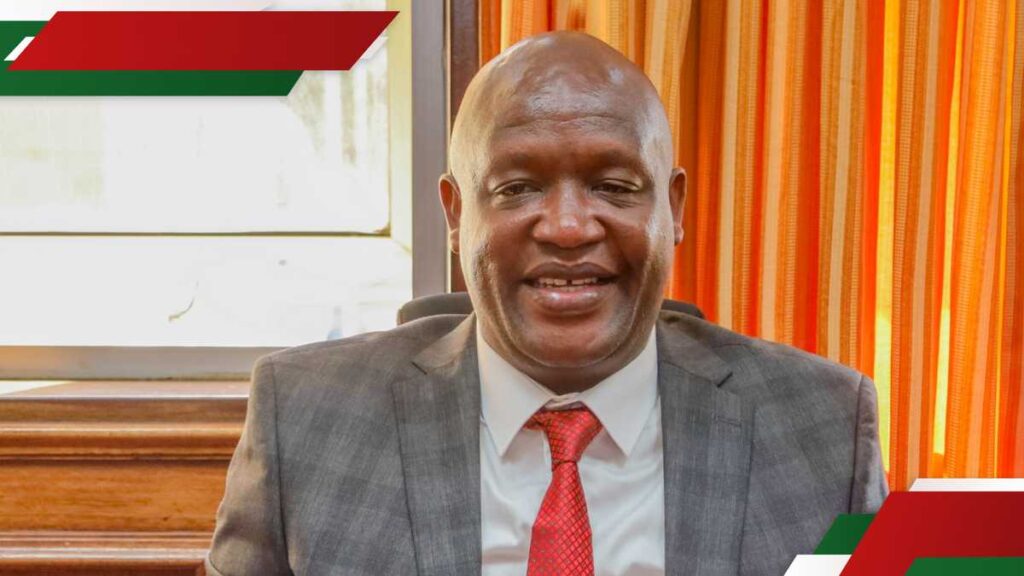The just-concluded Devolution Conference in Homa Bay has been another display of extravagance and opulence, with no tangible results expected in terms of improving livelihoods in the 47 counties.
Since the Council of Governors began holding annual devolution conferences 11 years ago, poor governance and corruption in counties remain rampant. Resources that could have been used to spur growth and create jobs through local manufacturing and value addition are instead wasted.
Former CS Eugene Wamalwa, himself a former Devolution Minister in President Uhuru Kenyatta’s government, complained this week that the Sh200 million used to host the Homa Bay conference was a waste of money.
Hundreds of angry Kenyans supported him on social media, with some questioning why the government was spending money so carelessly when lecturers, doctors, teachers and police officers were demanding better salaries.
“That is about four million to each county. It seems little, but how many beds can it purchase for a referral hospital in each county?” asked citizen Elijah Ogaya.
Issues repeatedly discussed at each devolution conference include spending a whole day talking about the tenets and principles of good governance, public participation and civic education. The second day is largely devoted to human rights and social justice issues, while the third day is reserved for discussions on financing and equitable allocation of resources — a matter that has never been taken seriously by the national government since the advent of devolution.
“My desire is that the communiqué read on 15th August will contain practical and actionable policy, legislative, institutional and administrative measures that can be adopted to realise the promises of Article 174 of the Constitution of Kenya,” said Governor Ahmed Abdullahi, the Chair of the Council of Governors, in his opening remarks.
Many Kenyans, however, see no need for such conferences. Among them is lawyer PLO Lumumba, one of the key architects of the 2010 Constitution, who dismissed the Homa Bay event as a waste of time and resources.
Speaking on Monday, the former Chief Executive Officer of the Constitution of Kenya Review Commission described the conferences as a “jamboree” that consumes billions which could be put to more productive use.
“You will hear billions of shillings have been spent. We are not a federal state; America does not hold such nonsense. South Africa doesn’t hold such nonsense, and even the governors know it is nonsense,” said Lumumba.
He argued that the money spent on the conference could provide computers to nearly half of the schools in the country, and also complained that governors have remained largely unchecked as theft and looting in counties continues at an alarming rate.
Kisumu East MP Shakeel Shabir expressed similar shock at the wastage: “Look at the Devolution Conference, where every governor also goes with three helicopters, just like Prime Cabinet Secretary Musalia Mudavadi, who went to open a tap of water in Busia with three choppers and a convoy of vehicles.”
Prof Gitile Naituli personally drove to Homa Bay and was equally shocked by what he saw at the much-hyped conference.
In an article he wrote and distributed online, Naituli described the conference as “devolution’s empty showroom, 13 years on” because most counties are still asleep.
Stay informed. Subscribe to our newsletter
He spent the better part of the week in Homa Bay determined to see for himself what Kenya’s 47 counties have achieved with the powers and resources they have enjoyed since 2013. He visited nearly every booth, notebook in hand, eager to witness the fruits of devolved governance.
The verdict? Out of 47 counties, barely five — Meru, Machakos, Nyamira, Kakamega, and, surprisingly, music performances by Mombasa University Students Innovation Centre — had anything truly innovative to display. The rest had little more than recycled posters, dusty brochures, and photo collages of leaders shaking hands.
“It was depressing because devolution was designed to take resources and decision-making closer to the people so that counties could generate their own wealth, not just consume whatever the National Treasury sends their way. The idea was simple: use local resources, talent, and creativity to build industries, create jobs, and improve livelihoods,” wrote Naituli.
He saw no value-added products, county-owned enterprises turning local produce into profitable exports, or SMEs and cooperatives that counties should be incubating and scaling.
Instead, too many counties seemed content to showcase photos of governors cutting ribbons, launching boreholes or inspecting roads — as if basic service delivery is the height of economic ambition.
“Let me be blunt: Baringo, Tana River, Isiolo, Turkana, Samburu, West Pokot, Kisumu, Kitui, and Kilifi — your stands were embarrassing. You have vast natural resources, unique cultural heritage and fertile lands, yet you came to a national conference with nothing to show but glossy flyers and a few jars of honey,” he noted.
He suggested that Turkana could lead in leather processing from its vast livestock population, Tana River could dominate fruit canning from irrigated farms, Kisumu could become the fish processing capital of East Africa, and Kitui could thrive as a cotton and textile hub. Yet year after year, these opportunities rot while counties queue for the next disbursement from Nairobi.
Meru impressed him with banana wine and herbal medicine for treating diabetic wounds — products made from local resources now marketable beyond Kenya’s borders. Machakos stood out with tech-driven and agro-processing initiatives, Nyamira with value-added tea products, and Kakamega and Makueni with agro-based enterprises showcasing the power of aligning with natural strengths.
“Even the music centre, though not a county government initiative, proved what can happen when youthful innovation is given space to breathe,” said Naituli.
He lamented that most counties behave like branch offices of the national government, waiting for allocations, spending most of it on salaries and allowances, and treating own-source revenue as an optional extra.
To fix these anomalies, he suggests that county governments should urgently identify and exploit their comparative advantage, because each has something unique that can be turned into a signature economic driver.
They should also invest in value addition and stop selling raw produce but instead process locally to capture more value. Real business environments should also be created through provision of affordable credit, infrastructure and market access for local entrepreneurs.
The devolved units have to also partner strategically, work with the private sector and development partners, and always retain local ownership. Lastly, they should measure success by revenue growth, not photo ops. Own-source revenue should be the top Key Performance Index for every governor.
A more demanding population should also push their leaders into providing more development projects instead of allowing them to waste public money.
Thirteen years, he argued, is long enough to prove a concept, and counties that have failed to innovate have no excuse.
“The next Devolution Conference should not be a taxpayer-funded retreat for governors to pose for cameras. It should be a competitive marketplace of ideas and products, where counties earn their space not by political clout, but by what they have actually created,” he added.
Until that happens, devolution will remain an empty showroom — beautiful outside, but hollow inside.
Some Homa Bay residents also expressed their frustrations on social media. One noted that governors do not seem to believe devolution should be people-centred.
“Look at the people invited here. Are they business people, mama mbogas (vegetable sellers) or boda boda (motorbike taxi) riders? How many devolution conferences have we held in the country and yet they have not learnt?” he asked.
He recalled how former Kitui Governor Charity Ngilu developed the textile industry in her county, while her Machakos counterpart Alfred Mutua tarmacked a road within 100 days and constructed a stadium — examples current leaders should emulate.
“I expected them to come and show us devolution works by presenting the number of tarmac roads they have built, model schools, hospitals, modern medical equipment, and how prudently they budgeted money for those projects,” said the animated resident.
The first Devolution Conference was held in 2014 after a joint decision by the Council of Governors, in collaboration with various state and non-state actors, to create a forum for county heads and stakeholders to reflect on the progress, challenges, and opportunities of devolution.
The aim was to provide a platform to discuss progress and address challenges in delivering development to villages across the country.
Unfortunately, reports by the Auditor-General indicate that most resources are misused. Governors and officials from marginalised counties — which needed the funds most — have been accused of channelling money back to Nairobi and other areas through corrupt deals.


